|
Date: 2022-08-29 Author(s): Karina Roman Editor(s):Nicholas Raffoul, Koby Rogers Hall, Aman Sandhu After several months of our visit to the Blackity exhibition at Artexte in March 2022, I revisit this memory in retrospective of my time as part of the ABLM team, a day that seems to convey the expectations and core values for this research project. Artexte witnessed the first in-person meeting of the whole research group, which was refreshing compared to the many months of Zoom videocalls. Blackity was the perfect space for this gathering as it embodied much of what the ABLM project is about. We were honoured by the presence of Dr. Joana Joachim, who curated the exhibition and gave us a tour of it. This was no ordinary tour, rather than having a linear navigation of the space and archives at display, Dr. Joachim was very generous in describing the process of putting together the Blackity endeavour, which in a way was seeded many years ago, when she was a student at Université de Montréal and part of Concordia University’s EAHR student group. As a Black emerging scholar, she encountered the challenges of finding Black artists and their contributions to the Canadian art scene in the archives, so instead of accepting the narrative of the “lack of”, she decided to start building this much needed archive. Blackity is the result of committed labour and research, but above all, of love. After the tour, it was clear to us that a way to communicate with the future is through documentations, therefore the relevance of this archive, specially when most of Canadian art history has been omitted or relegated to the margins. With this in mind, we must reflect on the ethical implications of the ABLM research, particularly while acknowledging that it functions within an academic sphere and field that has historically contributed to such omissions. How shall we overcome default frameworks, methods, and tools that reproduce exclusion? What can we learn from Blackity when handling our selected data, archiving our interview recordings, and displaying the produced material? How will the resulting work of the ABLM research communicate with the future? How can love be infused in research, specially when some tasks become monotonous and at times we feel disconnected from the communities this work centers on? I go back to the theme of love because I learned from bell hooks that “society’s collective fear of love must be faced if we are to lay claim to a love ethic that can inspire us and give us the courage to make necessary changes;”[1] and because that is what I see in Dr. Joachim’s work and in the contributions of the artists and art agents appearing in the Blackity archives. It is the affective component that allows for connected components, branching outside the archive, beyond the gallery space or the academic classroom. As I transition out from this project, I recapitulate on the lacks and gains from my experience, and how this will influence the ways I engage in research in the future. The visit to Blackity and the conversation between the team members (Ra’anaa Brown, Nick Raffoul, Koby Roger, Aman Sandhu and myself, Karina Roman) our supervisor Dr. Jim, Dr. Joachim, and those who joined us will remain as the perfect snapshot of ABLM in my mind. On my next and final blog entry, I will expand on a mind-blowing realization the team was made aware through Blackity: data is people! Ok. it might be a bit obvious, but this reminder led to interesting reflections for the research project. Stay tuned! Karina [1] bell hooks, All About Love (New York: HarperCollins Publishers, 2000,) 91.
0 Comments
Leave a Reply. |
AuthorArchives
December 2022
Categories |
Concordia University is located on unceded Indigenous lands. The Kanien’kehá:ka Nation is recognized as the custodians of the lands and waters on which we gather today. Tiohtiá:ke/Montreal is historically known as a gathering place for many First Nations. Today, it is home to a diverse population of Indigenous and other peoples. We respect the continued connections with the past, present and future in our ongoing relationships with Indigenous and other peoples within the Montreal community.
For more information, please visit: https://www.concordia.ca/about/indigenous/territorial-acknowledgement.html
Credits: EAHR's logo was created and designed by Adrienne Johnson, co-founder of EAHR / notre logo a été créé par Adrienne Johnson, co-fondatrice de EAHR.
Copyright © 2018


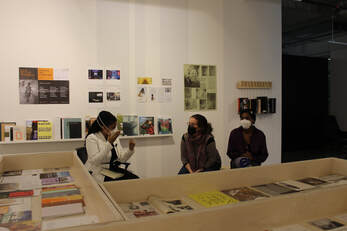
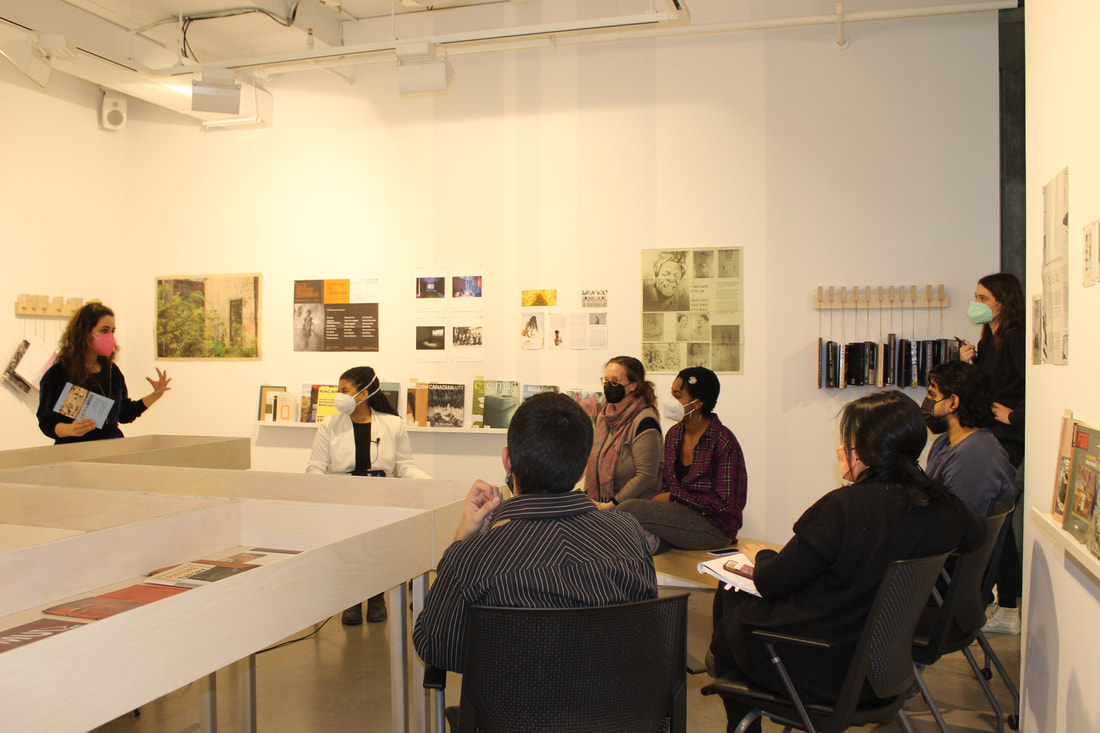
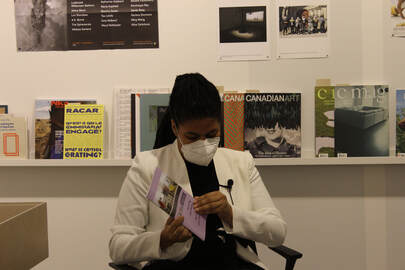
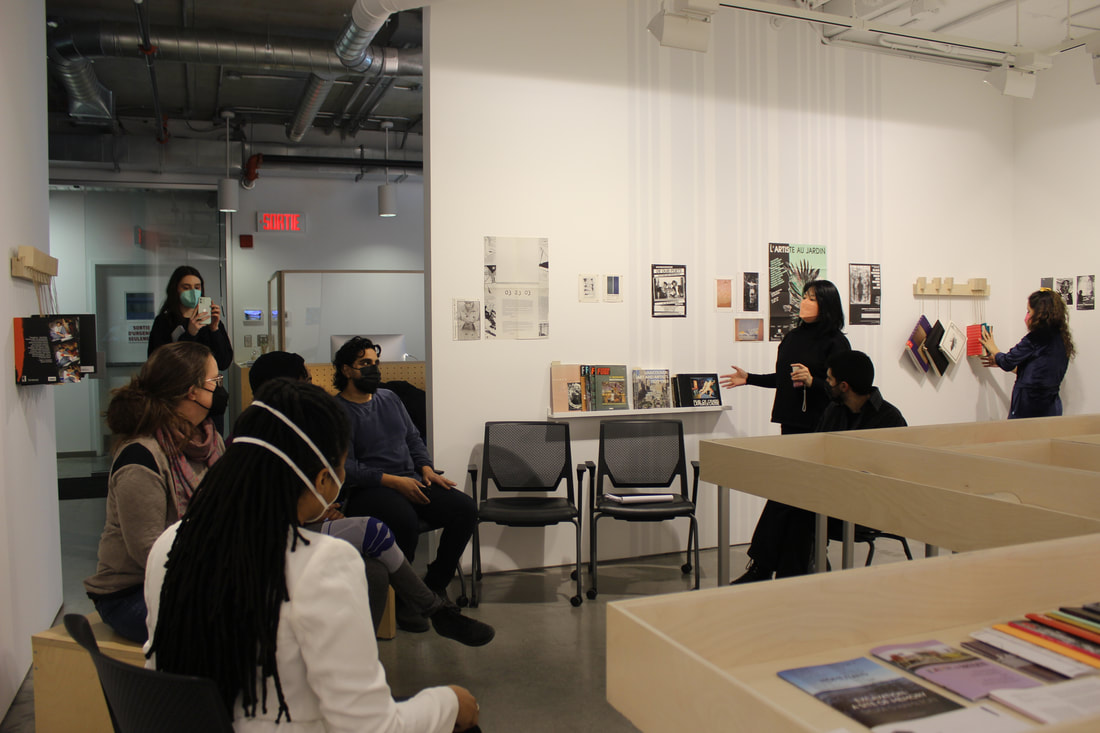
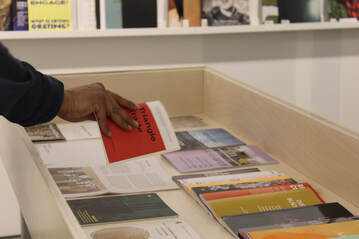
 RSS Feed
RSS Feed